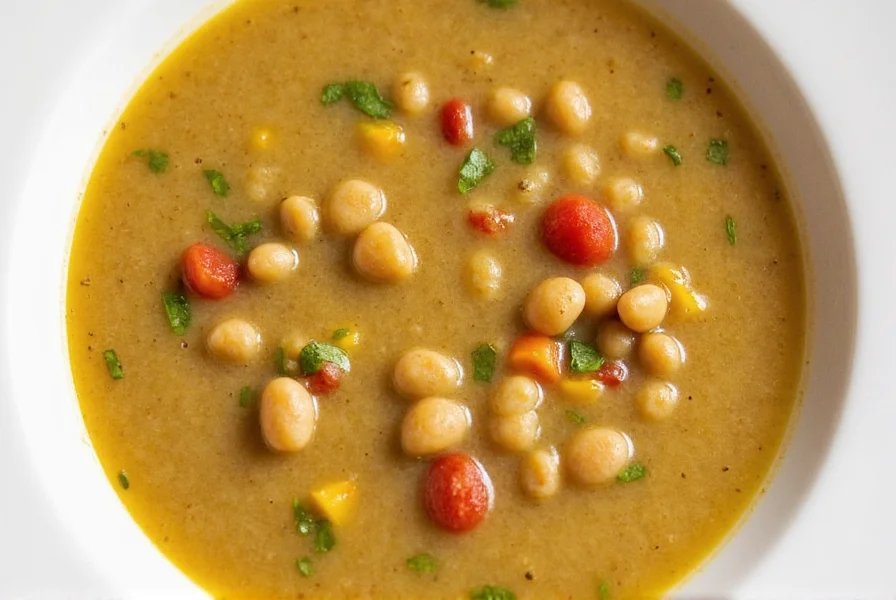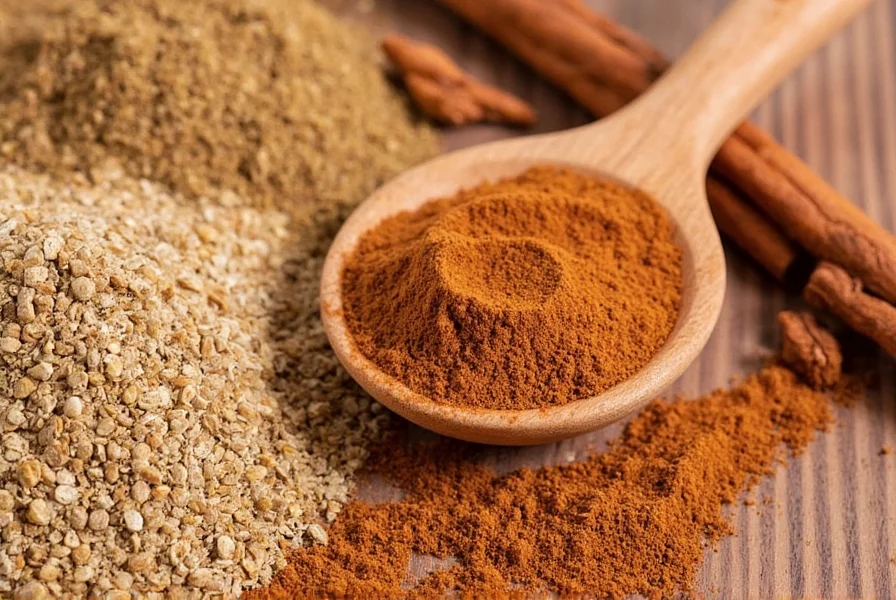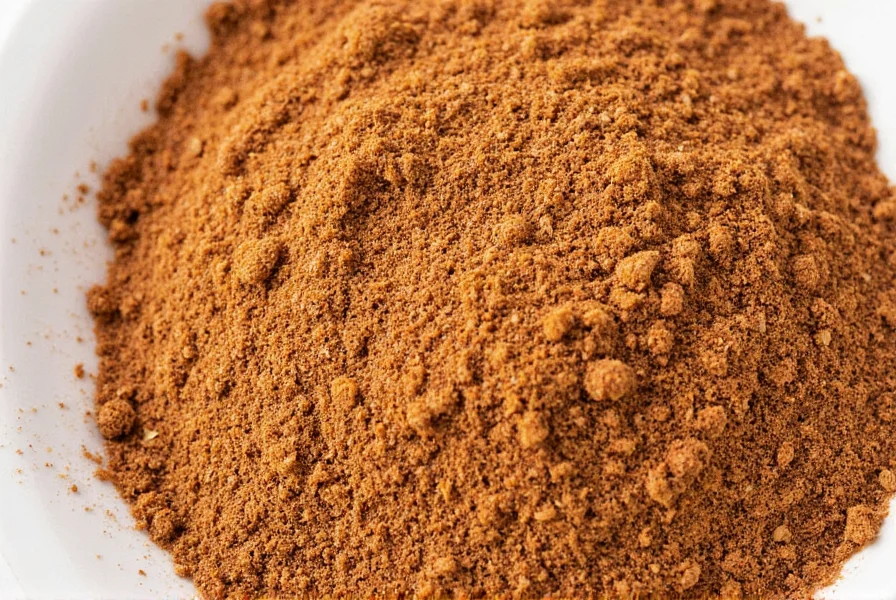Warm spices are the unsung heroes of the kitchen. Whether you're roasting meat, baking a warm apple pie, or simmering a savory stew, these earthy aromatics bring depth and richness that no other flavor profile can replicate. In this article, we'll uncover the secrets behind your favorite warm spices — from cinnamon to cumin, allspice to nutmeg — and show you how to unlock their full potential.
Table of Contents
- Introduction to Warm Spices
- Top 10 Warm Spices Every Kitchen Should Have
- Cooking Tips: How to Use Warm Spices Like a Pro
- Buying Guide: Choosing Quality Warm Spices
- Storage Tips to Keep Your Spices Fresh
- Conclusion: Embrace the Earthy Magic
- Frequently Asked Questions About Warm Spices
Introduction to Warm Spices
Warm spices get their name from their rich, comforting flavor profiles rather than just their color. Unlike bright, citrusy herbs like coriander or dill, warm spices tend to be more grounding — think deep, toasted notes with hints of sweetness or heat.
These spices are typically derived from seeds, bark, roots, or dried fruits, and many have been used for centuries in both cooking and traditional medicine. Their bold profiles make them ideal for hearty dishes, winter comfort foods, and even some desserts.
Top 10 Warm Spices Every Kitchen Should Have
Let's dive into the top warm spices you should keep stocked in your pantry:
- Cinnamon: Sweet and warming, perfect for both sweet and savory dishes.
- Nutmeg: Slightly nutty and intensely aromatic; great in béchamel sauces and holiday drinks.
- Allspice: A blend of clove, cinnamon, and nutmeg in one berry.
- Cumin: Smoky and earthy, a staple in Middle Eastern and Indian cuisines.
- Coriander Seeds: Citrusy yet earthy, often paired with cumin.
- Fenugreek: Bitter-sweet with maple-like undertones, common in curries.
- Cloves: Intensely sweet and sharp; used sparingly due to their potency.
- Cardamom (Black): More smoky and less floral than green cardamom.
- Star Anise: Licorice-flavored, essential in pho broths and braises.
- Paprika (Smoked): Adds a rustic, woodsy flavor to meats and stews.
| Spice | Main Flavor Notes | Ideal Pairings | Best For |
|---|---|---|---|
| Cinnamon | Sweet, warm, woody | Oatmeal, baked apples, Moroccan tagines | Baking, stews, beverages |
| Nutmeg | Creamy, nutty, spicy | Mashed potatoes, eggnog, white sauce | Custards, creamy dishes, holiday drinks |
| Allspice | Clove, cinnamon, nutmeg | Apple pie, jerk chicken, gingerbread | Baking, Caribbean cuisine, slow-cooked meats |
| Cumin | Earthy, smoky, bitter | Tacos, dal, falafel | Indian, Mexican, Mediterranean dishes |
| Cloves | Sharp, sweet, medicinal | Holiday ham, mulled wine, chai | Seasonal dishes, spice blends |
Cooking Tips: How to Use Warm Spices Like a Pro
Warm spices are incredibly versatile, but using them effectively takes a bit of know-how. Here are some professional-level tips to help you elevate your cooking game:

- Toast first: Whole spices release more flavor when toasted in a dry pan before grinding. Try this with cumin, coriander, or fennel seeds.
- Bloom in oil: Add whole or ground warm spices to hot oil to awaken their aroma — especially effective in curry pastes or marinades.
- Use sparingly: Some warm spices, like cloves and nutmeg, can easily overpower a dish if used in excess.
- Pair with fat: Many warm spices are fat-soluble, so use butter, oil, or cream-based sauces to maximize flavor extraction.
- Experiment with fusion: Try black cardamom in barbecue rubs or smoked paprika in mole sauces for exciting new flavor combinations.
| Warm Spice | Perfect Pairings |
|---|---|
| Cinnamon | Apples, lamb, chocolate, pumpkin |
| Nutmeg | Beef, cheese, coffee, squash |
| Allspice | Pork, cranberries, figs, molasses |
| Cumin | Lentils, lime, chili, corn |
| Cloves | Ham, oranges, tea, pomegranate |
Buying Guide: Choosing Quality Warm Spices
When it comes to warm spices, quality makes all the difference. Here's what to look for when shopping:
Whole vs. Ground: Which Is Better?
- Whole spices: Last longer and retain more flavor. Best for spices like cinnamon sticks, star anise, and whole nutmeg.
- Ground spices: More convenient but lose potency faster. Ideal for everyday use in curries, soups, and rubs.
What to Look for When Buying
- Check the date: Opt for spices with clear expiration dates or packaging dates within the last year.
- Vibrant aroma: Rub a small amount between your fingers. If it doesn't smell strong, it won't add much flavor.
- Opaque containers: Light exposure degrades flavor. Choose spices stored in dark glass or metal tins.
- Brand reputation: Trusted brands include Penzey's, The Spice Garden, and Simply Organic for consistently high-quality products.
| Product | Features | Advantages | Best For |
|---|---|---|---|
| Penzey's Cinnamon Sticks | Organic, sustainably sourced, full-bodied flavor | Long shelf life, reusable in syrups and poaching liquids | Teas, desserts, spiced wines |
| The Spice Garden Ground Nutmeg | Pure, fine grind, no additives | Easily integrates into sauces and batters | Custards, mashed potatoes, béchamel |
| Simply Organic Allspice Berries | Whole, fair trade certified, robust flavor | Lasts up to 4 years, customizable grind size | Marinades, pickling, spice mixes |
Storage Tips to Keep Your Spices Fresh
Even the best warm spices will lose their punch if not stored properly. Follow these guidelines to extend shelf life and preserve flavor:

- Keep them cool: Store away from heat sources like ovens or stovetops.
- Avoid moisture: Humidity ruins texture and encourages mold. Use tightly sealed containers.
- Label everything: Especially for homemade blends or loose spices without packaging.
- Grind as needed: Buy whole spices in bulk and grind only what you need to ensure maximum freshness.
- Replace regularly: Ground spices should be replaced every 6–12 months; whole ones every 1–3 years.
Conclusion: Embrace the Earthy Magic
Warm spices may not be flashy, but they carry the weight of tradition, warmth, and incredible depth of flavor. From the first bite of cinnamon toast to the last spoonful of a cumin-laced stew, these ingredients shape our most comforting meals.

So next time you reach for that bottle of paprika or those allspice berries, remember — you're holding a key to centuries of culinary wisdom and flavor magic. Don't be afraid to experiment, toast, blend, or infuse. With a little love and care, your warm spices will turn every meal into something truly unforgettable.
Frequently Asked Questions About Warm Spices
What exactly are warm spices?
Warm spices refer to a category of spices known for their rich, comforting, and often earthy flavor profiles. They're called "warm" due to their ability to create cozy, inviting flavors in dishes, not just their color. These spices typically come from seeds, bark, roots, or dried fruits that have been dried or toasted, giving them their characteristic depth and complexity.
How long do warm spices stay fresh?
The shelf life of warm spices depends on whether they're whole or ground. Whole warm spices (like cinnamon sticks, whole nutmeg, or allspice berries) typically maintain their potency for 2-3 years when stored properly. Ground warm spices have a shorter shelf life of 6-12 months because the increased surface area exposes more of the spice to air, causing faster flavor degradation.
Should I buy warm spices whole or ground?
Whole warm spices are generally preferable if you can grind them yourself, as they retain their essential oils and flavors much longer. Whole spices can stay fresh for years compared to months for pre-ground versions. However, ground spices offer convenience for everyday cooking. For special occasions or when maximum flavor is crucial, toasting and grinding your own whole spices is recommended.
How can I tell if my warm spices have gone bad?
The most reliable way to check if warm spices are still good is the smell test. Fresh warm spices should have a strong, distinctive aroma. If you rub a small amount between your fingers and barely smell anything, the spice has likely lost its potency. You can also look for changes in color (duller appearance) or clumping (which indicates moisture exposure). Note that spices rarely "go bad" in a dangerous way, but they do lose flavor over time.
What's the best way to store warm spices?
Store warm spices in airtight containers away from heat, light, and moisture. Dark glass or metal containers are preferable to plastic. Keep them in a cool, dark cabinet away from your stove or oven. For long-term storage of bulk spices, consider keeping them in the freezer (properly sealed to prevent moisture). Whole spices last significantly longer than ground ones, so consider buying whole and grinding as needed.
Can I use warm spices in sweet and savory dishes?
Absolutely! Many warm spices like cinnamon, nutmeg, and allspice work beautifully in both sweet and savory applications. Cinnamon enhances both apple pie and Moroccan lamb tagine. Nutmeg elevates béchamel sauce for lasagna but also adds depth to eggnog. Allspice features in both gingerbread cookies and Jamaican jerk chicken. The key is understanding each spice's flavor profile and using appropriate quantities for your dish.
Why do some recipes call for toasting warm spices before use?
Toasting warm spices in a dry pan before using them helps release their essential oils and intensify their flavors. The gentle heat activates the aromatic compounds, making the spices more fragrant and flavorful. This is especially important for whole spices like cumin seeds or coriander that will be ground. Just be careful not to burn them, as this creates bitter notes. Toast until fragrant (about 1-3 minutes), then cool before grinding or adding to your recipe.











 浙公网安备
33010002000092号
浙公网安备
33010002000092号 浙B2-20120091-4
浙B2-20120091-4